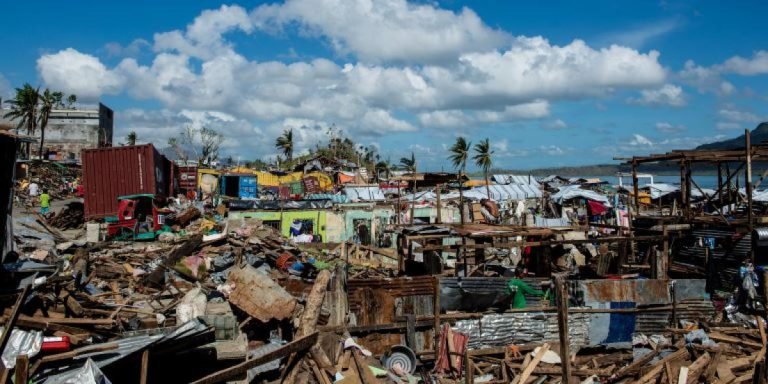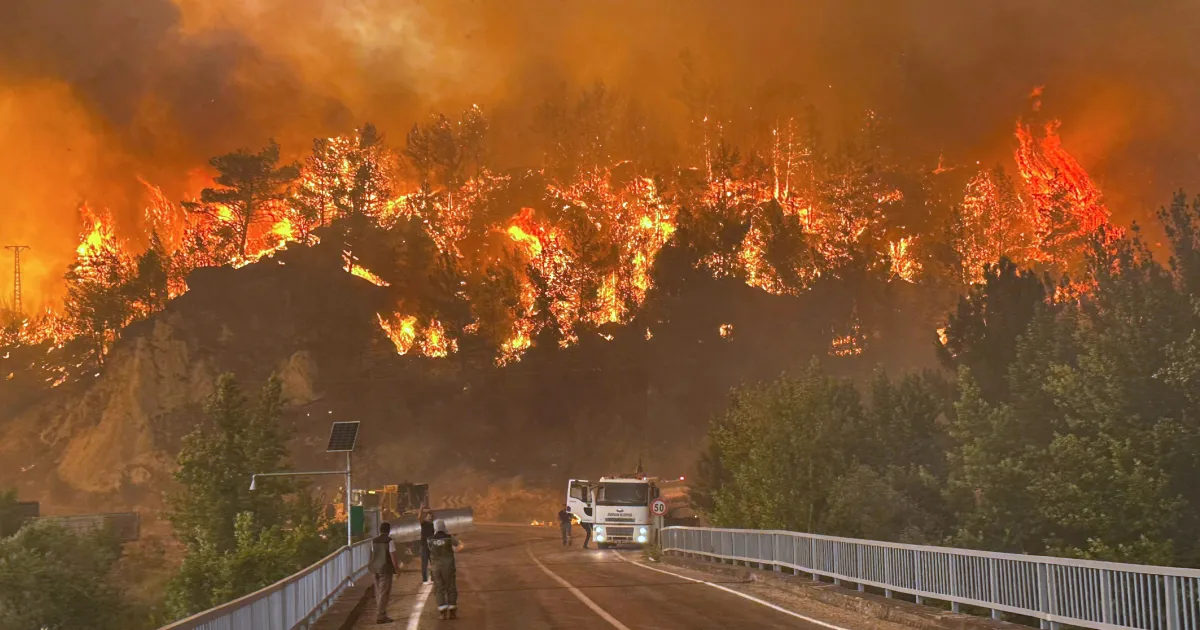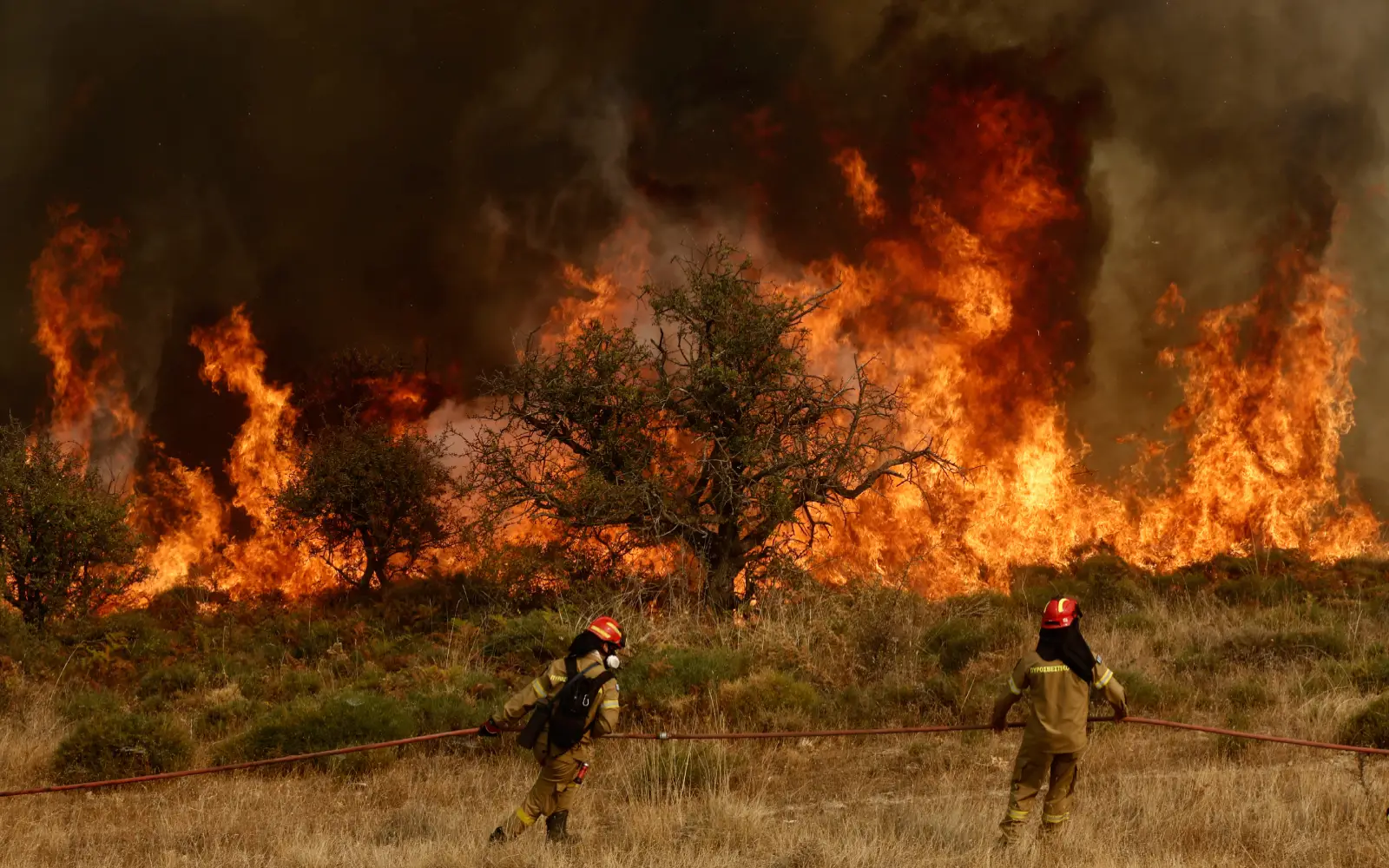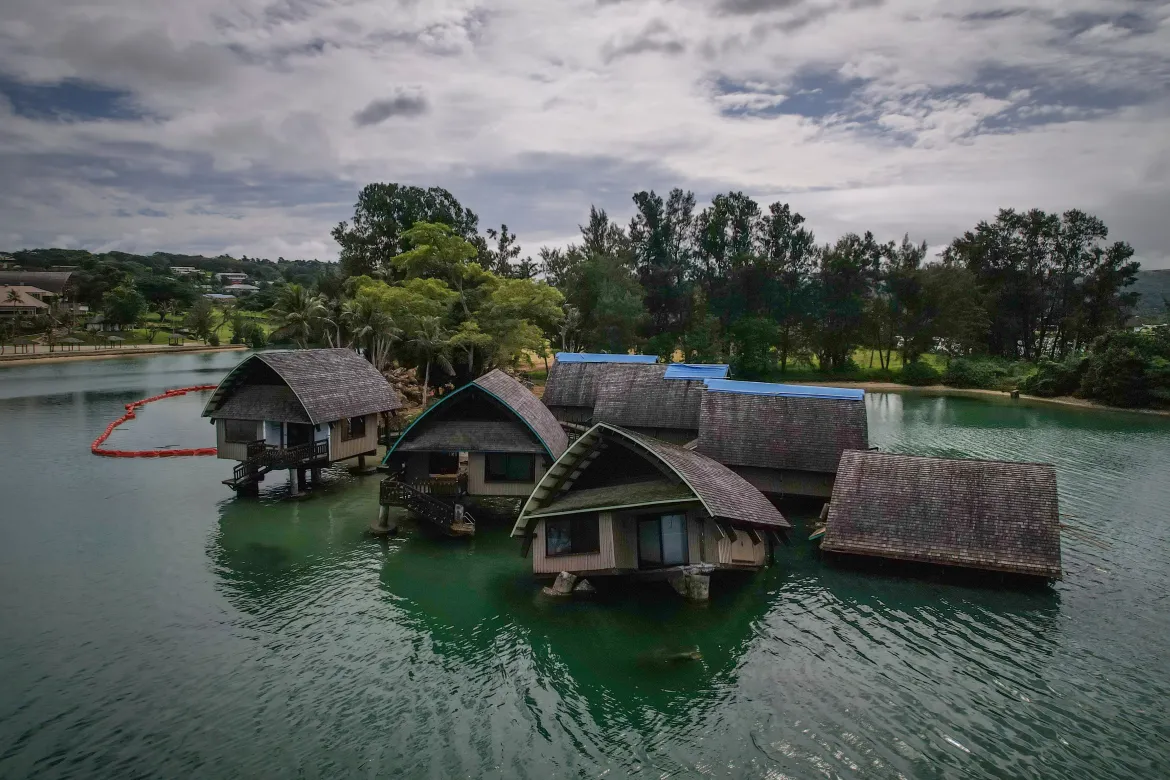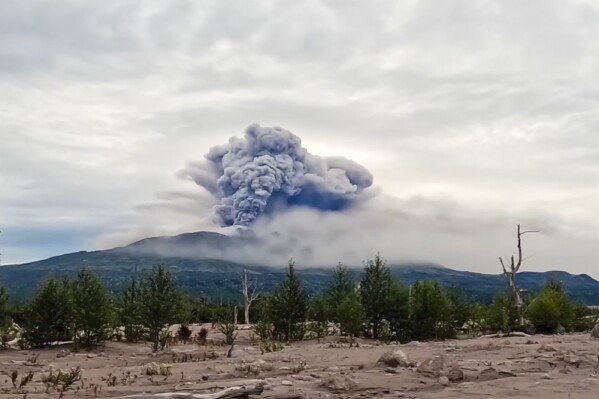Climate Crisis in South Asia: Urgent Challenges and Collaborative Solutions
Explore the pressing issue of the climate crisis in South Asia, as countries in the region grapple with rising temperatures, extreme weather events, and environmental degradation.
Climate Crisis in South Asia: Urgent Challenges and Collaborative Solutions
Explore the pressing issue of the climate crisis in South Asia, as countries in the region grapple with rising temperatures, extreme weather events, and environmental degradation. Understand the impacts on vulnerable communities, ecosystems, and economies, and delve into collaborative efforts and innovative solutions to mitigate and adapt to the changing climate. Gain insights into the urgent need for collective action to address the challenges and secure a sustainable future for South Asia.
The climate crisis poses a grave threat to South Asia, a region already experiencing the impacts of rising temperatures, extreme weather events, and environmental degradation. Understanding the urgency of the situation and exploring collaborative solutions is crucial to secure a sustainable future for South Asia.
South Asian countries are particularly vulnerable to the effects of climate change. From increased heat waves and erratic monsoons to more frequent and intense cyclones, communities across the region bear the brunt of these climate-related disasters. Vulnerable populations, including marginalized communities and those reliant on agriculture, face heightened risks, displacement, and economic hardships.
The impacts of the climate crisis extend beyond human communities. Fragile ecosystems, including forests, wetlands, and coastal areas, face degradation and loss. Biodiversity loss and disruptions to ecological balance further exacerbate the challenges faced by South Asia, affecting food security, water availability, and the livelihoods of millions.
Recognizing the urgency of the situation, South Asian countries have been increasingly engaged in collaborative efforts to address the climate crisis. Regional initiatives, such as the South Asian Association for Regional Cooperation (SAARC) and the South Asian Climate Outlook Forum (SASCOF), facilitate information sharing, capacity building, and coordination on climate-related issues.
Furthermore, innovative solutions are emerging to mitigate and adapt to the changing climate. Renewable energy sources, such as solar and wind power, offer opportunities to reduce reliance on fossil fuels and curb greenhouse gas emissions. Climate-resilient agriculture practices, water management systems, and urban planning strategies are being implemented to enhance resilience and sustainability.
International partnerships and support are also crucial in addressing the climate crisis in South Asia. Collaborative efforts with global organizations, donor countries, and civil society are essential to access funding, technology transfer, and expertise. The implementation of the Paris Agreement, with its focus on reducing emissions and supporting adaptation efforts, provides a framework for collective action and international cooperation.
The climate crisis in South Asia demands urgent attention and collective action. Understanding the impacts on vulnerable communities, ecosystems, and economies is essential to drive effective solutions. By fostering collaborative efforts, promoting innovative strategies, and engaging in international partnerships, South Asian countries can work towards a sustainable and resilient future, mitigating the risks posed by the climate crisis and securing the well-being of current and future generations.


